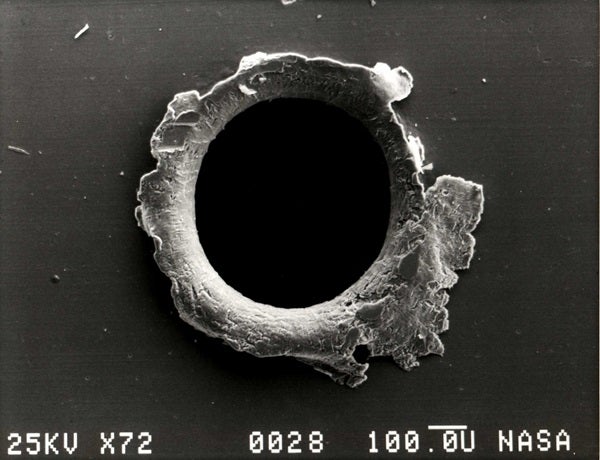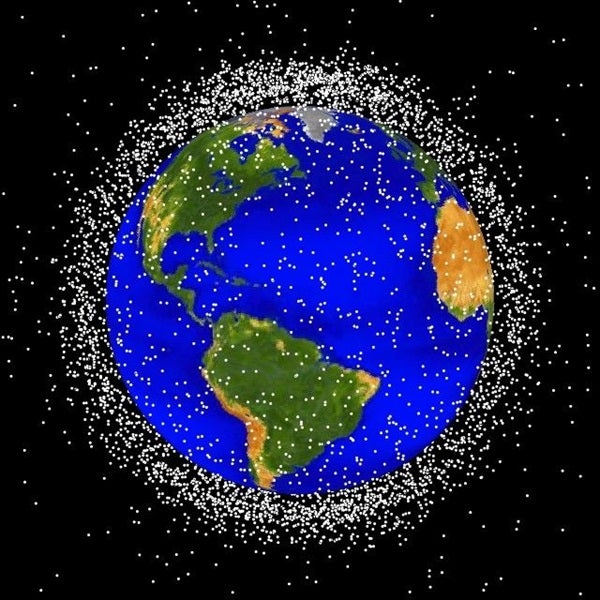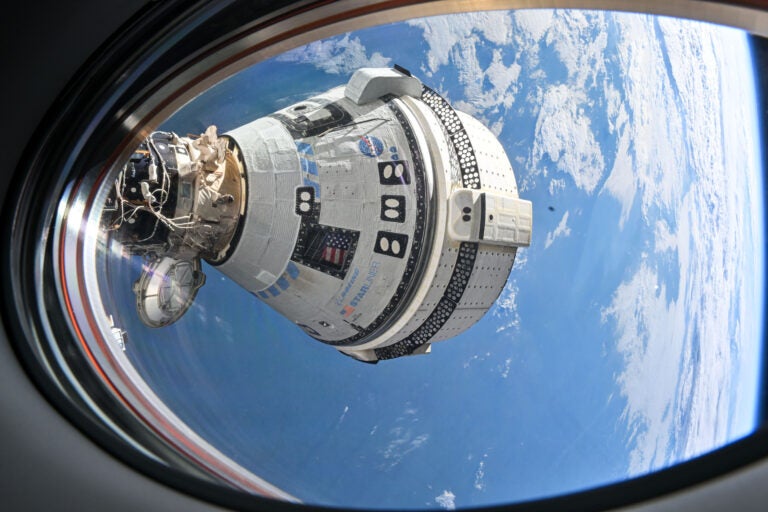The International Space Station (ISS) is about to get a big upgrade to study very tiny bits of space junk floating in Earth orbit.
Called the Space Debris Sensor (SDS), the one-square-meter array has a series of microsensors to study what happens when it’s struck by objects the size of flecks of paint or other particles less than four inches (10 cm) in size.
It’s a first step in studying this virtually untrackable space debris population. As Science Magazine points out, there may be future missions at higher orbits, figuring out where the majority of small space junk and micrometeoroids reside and designing future spacecraft orbits based around that. It could also help figure out how best to shield a craft to avoid a fatal event if an errant screw strikes it at high speed.
In the meantime, we’ll gather a pretty good idea of how many more strikes we might expect to ding the ISS’s windows.
Source: ScienceMag
[Editor’s note: This article was updated Oct. 21, 2022, to include a link to a NASA webpage on space debris and human spaceflight.]











